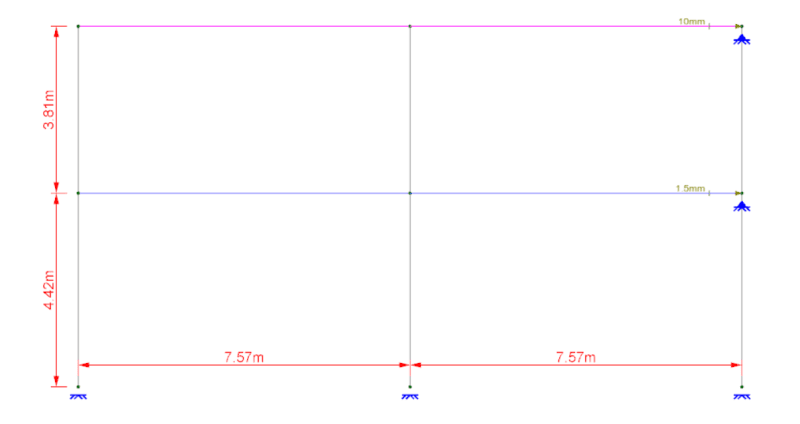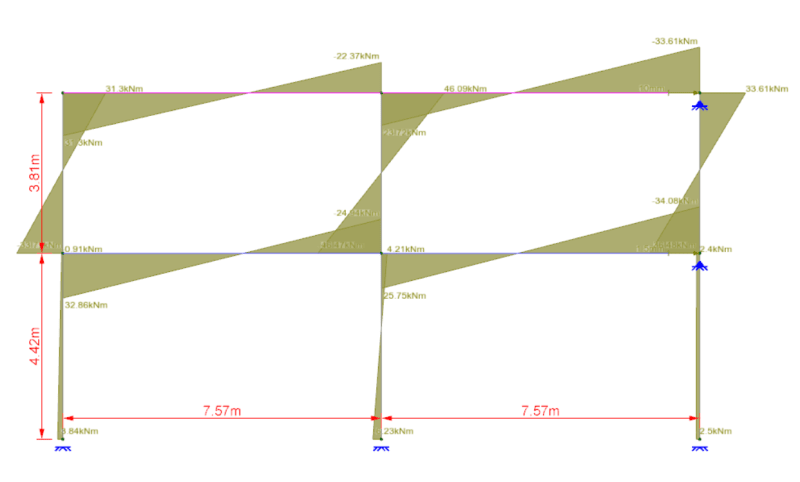Hi all! Can you please help me understand the section 18.14 of ACI (Members not designated as part of the seismic-force-resisting system)?
Section 18.14.2.1 tells you to apply gravity load and design displacement. For the gravity columns, in computer model we will have pinned at the ends. This means we would not have moment developed when structure is pushed to design displacement. But this will increase the shear on columns, right? So wherever in this section 18.14 if moment is mentioned, it applies only to beam right but not for column? Is this the right way of looking at it?
Section 18.14.2.1 tells you to apply gravity load and design displacement. For the gravity columns, in computer model we will have pinned at the ends. This means we would not have moment developed when structure is pushed to design displacement. But this will increase the shear on columns, right? So wherever in this section 18.14 if moment is mentioned, it applies only to beam right but not for column? Is this the right way of looking at it?


